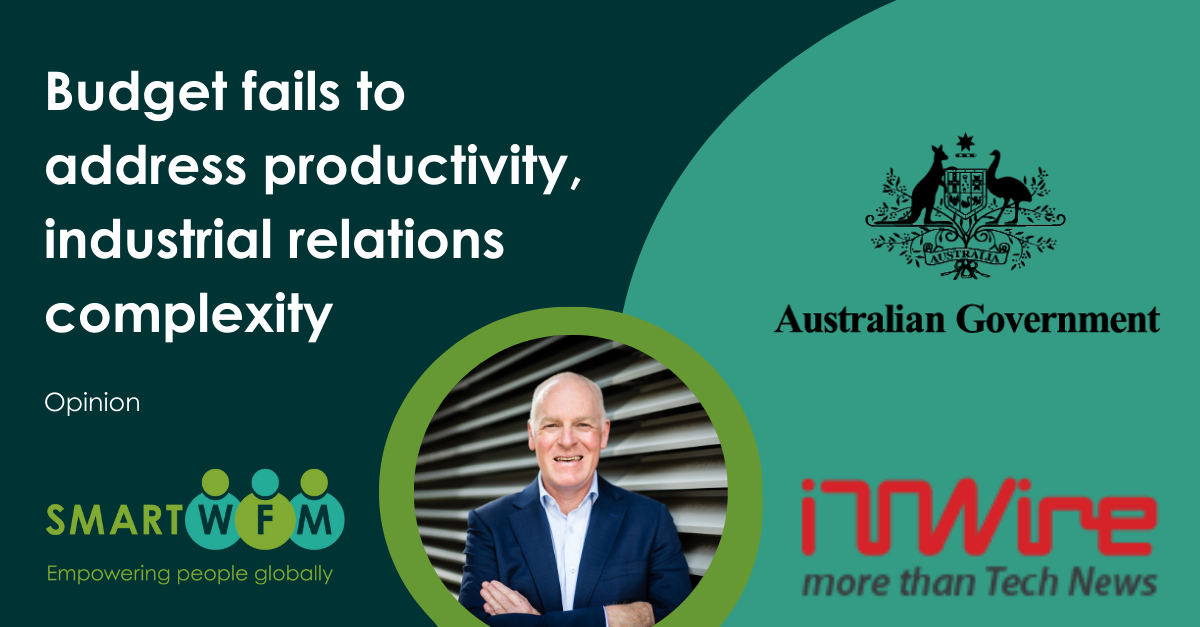The knowledge worker dilemma – why we’re struggling with productivity
Read Jarrod's blog, originally published on HRWorld SEA, about the challenges hindering productivity growth in the Asia-Pacific region and explore...

The first article in a Workforce Management (WFM) related series.
To really understand Workforce Management, we need to go back in time. The concept of WFM dates back hundreds of years and takes its origin from a mathematical framework known as Operations Research. This area of maths is loosely related to optimisation of an asset or group of assets, to deliver an improved outcome.
The waiting time in the deli line at the supermarket, the waiting period in the emergency ward, the wait time for a mobile motor mechanic to arrive, all represent optimisation opportunities. In those environments, the throughput of people waiting in a queue can be maximised, whilst minimising the cost of labour associated with servicing those in the queue. Similarly a production line can be optimised to provide the best possible quality, at the maximum capacity of the machinery, with the minimum amount of human labour and the least impact on society and the environment.
Operations Research happened to be an area of mathematics I specialised in while at University. From the outset I was intrigued to understand how a business could run more effectively, delivering greater value from the optimal use of its assets. When I started working with modern day WFM software in the early 2000’s, the theory suddenly become tangible for me when I learned that Operations Research could also be applied to optimising employee productivity and increasing value.
I recently facilitated a workshop for a group of HR and Payroll professionals where I posed this simple question. “What is Workforce Management?”
The responses I received were many and varied covering areas such as:
The list of suggestions went on and on. What stood out for me in the responses was that most were highly transactional in nature and focused on a single area within the business.
From my own personal perspective and experience, WFM is actually a multi-faceted discipline, touching a wide variety of areas within any business. If I was to define what Workforce Management is I would do so as follows:
“WFM is a discipline that fosters productivity in an organisations greatest asset - its human labour. This is achieved by ensuring front line managers are adequately equipped to make informed decisions related to the human labour at their disposal, resulting in optimised productivity, associated throughput and employee satisfaction.Ultimately WFM’s function is to improve overall business value, customer and employee satisfaction.”
Further, WFM is a speciality function, often tightly integrated with HR and Payroll, but focuses on business operations - the operational manager and their staff. Refer to a recent article from Rob Scott: Is WFM Becoming the New HR?
Anecdotally, on a global scale we are seeing WFM maturity evolving at a rapid rate in the market with workforce optimisation programs at the forefront of executive decision making to further drive business and shareholder value in this cost competitive economy.
Over the coming months I’ll be writing a number of articles covering WFM including topics such as how to extract value from WFM, Change vs Transformation, How to Implement WFM, Predictive Analytics and Continuous Improvement.
I am passionate about WFM and building the profile of the WFM professional in the market. If you have any questions related to this article or would like to suggest topics for future articles please drop me a line.
First Published on Linkedin, May 10, 2016

Read Jarrod's blog, originally published on HRWorld SEA, about the challenges hindering productivity growth in the Asia-Pacific region and explore...

Thank youiTWirefor sharing my thoughts on the 2024 budget.